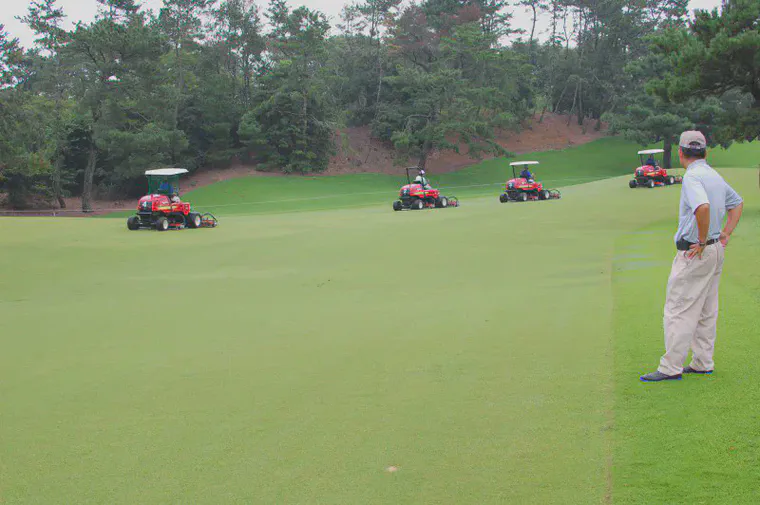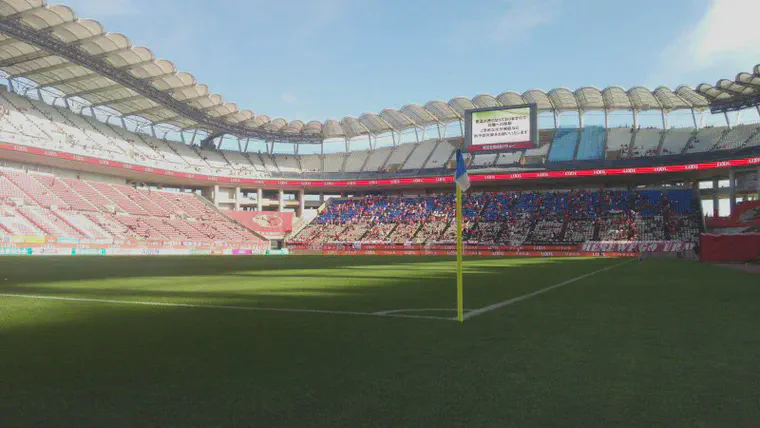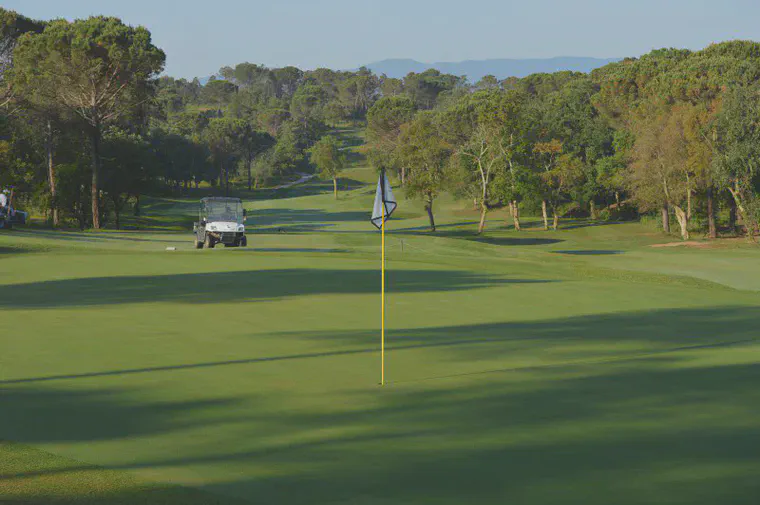This is probably superfluous, but ...
I feel like there is something not everyone understands about the quantity of fertilizer recommended by the MLSN guidelines. A question came up in my Twitter feed and I wasn’t sure if it was about implementing MLSN, or not. It certainly seems to be a common concern, something along the lines of “how can I be sure that I’m supplying all the nutrients the grass needs?”
No matter what kind of grass you are growing, or in what climate, the calculation of nutrient requirement using the MLSN guidelines has already accounted for 100% of the nutrients that the grass can use.


The calculation for the quantity of each nutrient to apply, based on the MLSN guideline, is basically the same as the Precision Fertilisation method of STERF. The one difference is that the MLSN approach considers the quantity of nutrients in the soil.

If the nutrient content in the soil is a lot more than the grass can use, then none of that nutrient will be recommended as fertilizer. If you are not familiar with the calculation, see this presentation on the MLSN guidelines and specifically look at the equations on slides 4 and 5.
The STERF approach is to apply 100% of what the grass uses, no matter what the soil content is. That is sure to work well.
The MLSN approach is to make sure the grass is supplied with 100% of what it can use plus keeping a buffer of nutrients in the soil that will never be touched. That buffer is the MLSN guideline level. Because MLSN considers the nutrients in the soil, when the soil nutrients are more than the amount the grass can use, while still keeping enough in reserve to stay above the MLSN guideline, none of that element will be recommended as fertilizer.
Either way, the grass is supplied with more than 100% of the nutrient it can use.